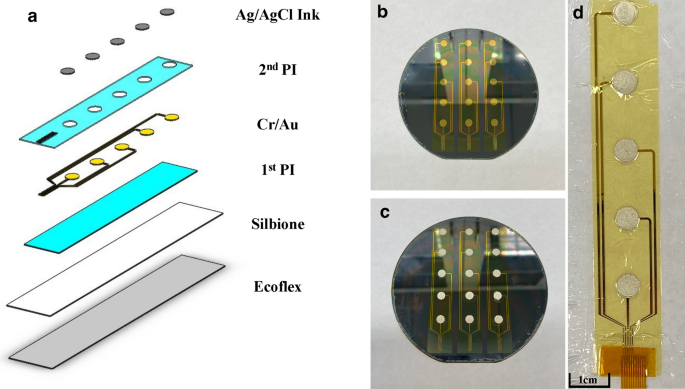CLIMB法では、複数の条件やデータセットにまたがるデータの比較を、より効率的かつ容易に解釈することができます。 CLIMB method allows more efficient and easily interpretable comparison of data across multiple conditions or data sets
2022-11-14 ペンシルベニア州立大学(PennState)
既存の手法を改善し、計算効率が高く、生物学的に解釈可能な結果を出すCLIMBと呼ばれる手法を開発した。
CLIMB法は、複数の条件にわたるデータを分析するために、2つの伝統的な手法の原理を使用している。1つは、条件間の一連のペアワイズ比較を用いる手法であるが、条件が追加されるにつれて解釈が難しくなる。
もう1つの方法は、各被験者が複数の条件下で行った活動パターンを「関連ベクトル」にまとめるもので、例えば、ある遺伝子が多くの細胞タイプのそれぞれで発現量が多い、少ない、あるいは変化がないといったパターンを抽出するものである。
<関連情報>
- https://www.psu.edu/news/eberly-college-science/story/new-statistical-method-improves-genomic-analyses/
- https://www.nature.com/articles/s41467-022-34360-z
CLIMB: 大規模ゲノムデータにおける高次元連想検出法 CLIMB: High-dimensional association detection in large scale genomic data
Hillary Koch,Cheryl A. Keller,Guanjue Xiang,Belinda Giardine,Feipeng Zhang,Yicheng Wang,Ross C. Hardison & Qunhua Li
Nature Communications Published:12 November 2022
DOI:https://doi.org/10.1038/s41467-022-34360-z

Abstract
Joint analyses of genomic datasets obtained in multiple different conditions are essential for understanding the biological mechanism that drives tissue-specificity and cell differentiation, but they still remain computationally challenging. To address this we introduce CLIMB (Composite LIkelihood eMpirical Bayes), a statistical methodology that learns patterns of condition-specificity present in genomic data. CLIMB provides a generic framework facilitating a host of analyses, such as clustering genomic features sharing similar condition-specific patterns and identifying which of these features are involved in cell fate commitment. We apply CLIMB to three sets of hematopoietic data, which examine CTCF ChIP-seq measured in 17 different cell populations, RNA-seq measured across constituent cell populations in three committed lineages, and DNase-seq in 38 cell populations. Our results show that CLIMB improves upon existing alternatives in statistical precision, while capturing interpretable and biologically relevant clusters in the data.


